Facebook enhances safety but still no 'panic button'
Facebook rolls out an ad campaign and integrates a CEOP link, but holds back from offering a 'safety button'.


Facebook has agreed to a host of new safety measures, but still refuses to install a so-called "panic button" on all pages.
The social networking site has come under fire over child safety, notably after teenager Ashleigh Hall was murdered after meeting Peter Chapman via the site, where he pretended to be a teenage boy.
Claiming its new tactics make up the largest ever UK online safety campaign, Facebook is to give 5 million in advertising - some billion page impressions - to boost safety awareness over the next two years, as well as create a 24-hour hotline to help police.
While it will also allow users to connect directly to the Child Exploitation and Online Protection Centre (CEOP) to report concerns, it will not add a button to that site on every page, saying it's looking to create a "safety net", not just offer a safety button.
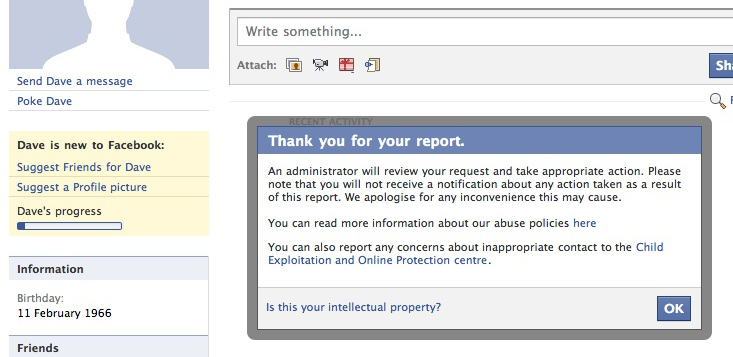
"There is no single answer to making the internet or Facebook safer," said Elliot Schrage, vice president of global communications and public policy at Facebook. "That's why we're approaching this in so many different ways."
"We've redesigned Facebook's abuse reporting mechanisms," he added in a statement. "We're investing in raising awareness, and giving parents, educators and teens new tools. We're building new bridges with law enforcement and encouraging new laws and regulations."
Jim Gamble, the chief executive of CEOP, said his group would still like to see the button on Facebook.
Get the ITPro daily newsletter
Sign up today and you will receive a free copy of our Future Focus 2025 report - the leading guidance on AI, cybersecurity and other IT challenges as per 700+ senior executives
"What I am pleased about is there is a commitment from them to improve what they provide to UK policing," he told The Telegraph.
"Given that and the positive nature of it and their commitment to working much more closely with us, I still remain of the same view that the button is key," he said.
"I felt that at the end of what were lengthy and at times tense negotiation we are able to move towards a position. They are one small step away from doing the right thing."
Freelance journalist Nicole Kobie first started writing for ITPro in 2007, with bylines in New Scientist, Wired, PC Pro and many more.
Nicole the author of a book about the history of technology, The Long History of the Future.
-
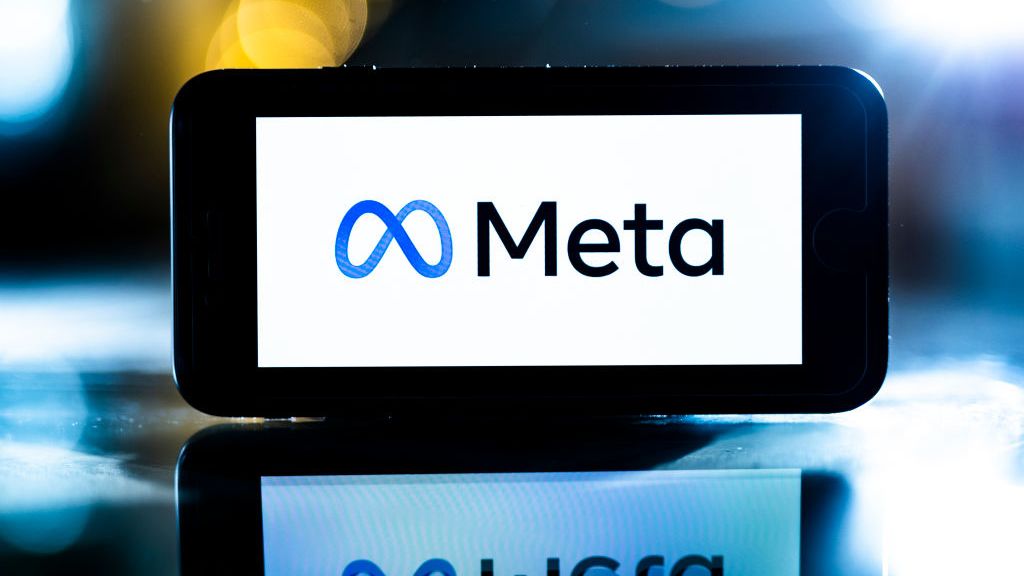 Meta to pay $725 million in Cambridge Analytica lawsuit settlement
Meta to pay $725 million in Cambridge Analytica lawsuit settlementNews The settlement closes the long-running lawsuit into how Facebook's owner, Meta, handled the Cambridge Analytica scandal
By Ross Kelly
-
 Meta's earnings are 'cause for concern' and 2023 looks even bleaker
Meta's earnings are 'cause for concern' and 2023 looks even bleakerAnalysis Calls for investor faith in metaverse tech only emphasise the worries that its investment strategy won't pay off
By Rory Bathgate
-
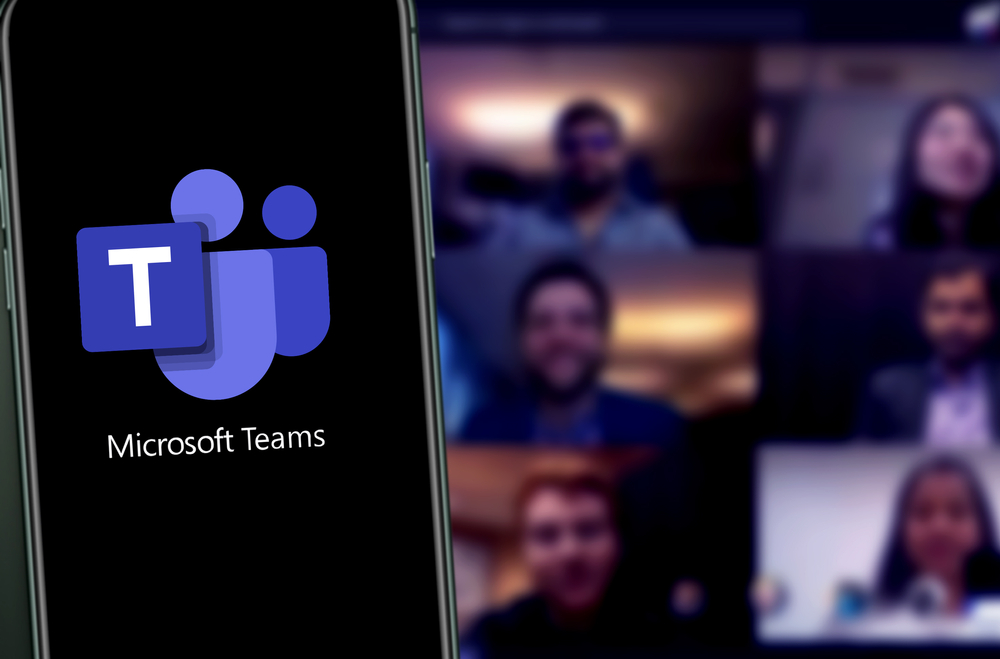 Microsoft and Meta announce integration deal between Teams and Workplace
Microsoft and Meta announce integration deal between Teams and WorkplaceNews Features from both business collaboration platforms will be available to users without having to switch apps
By Connor Jones
-
 Facebook is shutting down its controversial facial recognition system
Facebook is shutting down its controversial facial recognition systemNews The move will see more than a billion facial templates removed from Facebook's records amid a push for more private applications of the technology
By Connor Jones
-
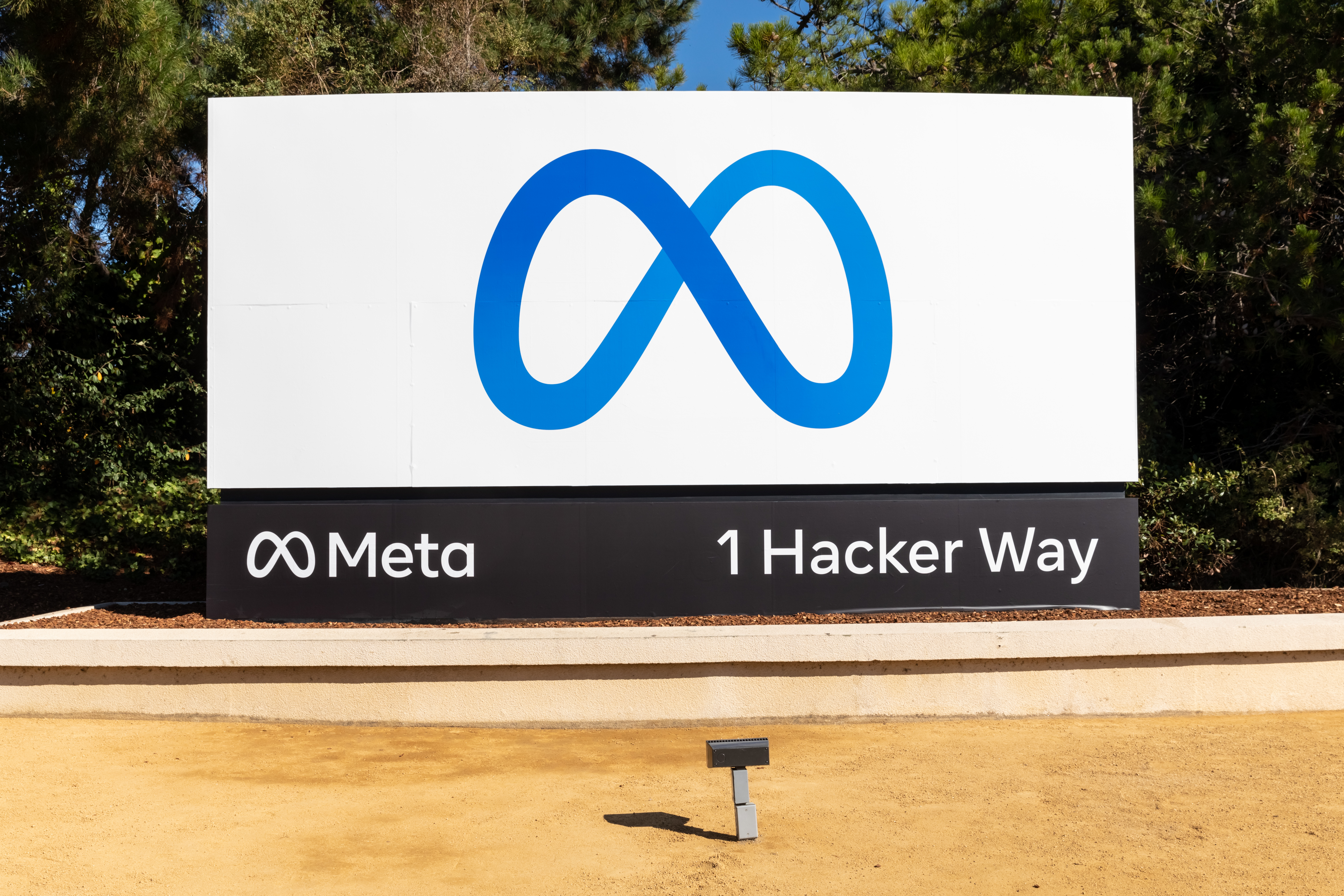 'Changing name to Meat': Industry reacts to Facebook's Meta rebrand
'Changing name to Meat': Industry reacts to Facebook's Meta rebrandNews The rebrand attempts to provide a clearer distinction between Facebook and its umbrella company
By Connor Jones
-
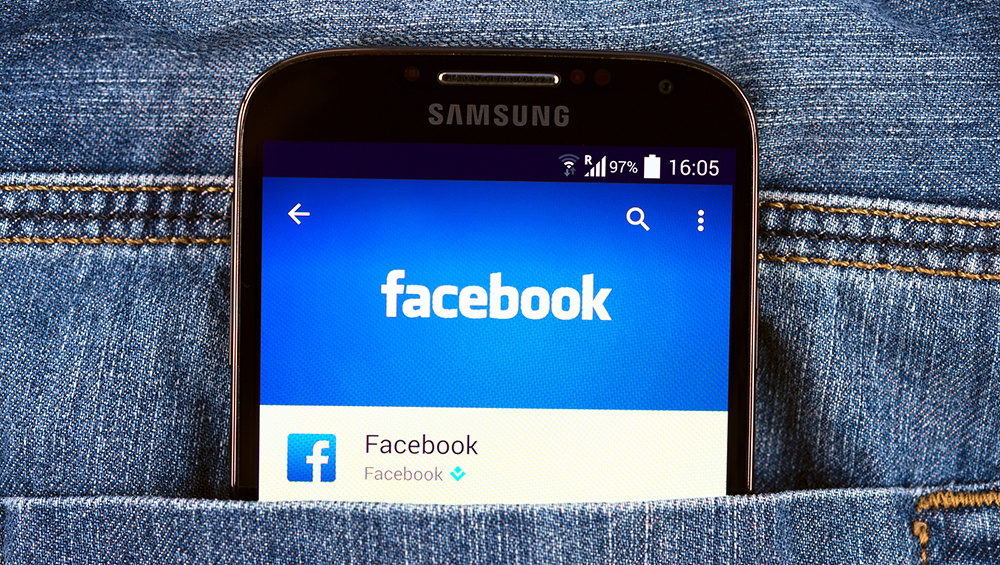 Facebook's Oversight Board demands more transparency
Facebook's Oversight Board demands more transparencyNews Board bashed the social media giant for its preferential treatment of certain high-profile accounts
By Danny Bradbury
-
 Facebook claims AI managed to reduce hate speech by 50%
Facebook claims AI managed to reduce hate speech by 50%News The social media platform has hit back at claims the tech it uses to fight hate speech is inadequate
By Sabina Weston
-
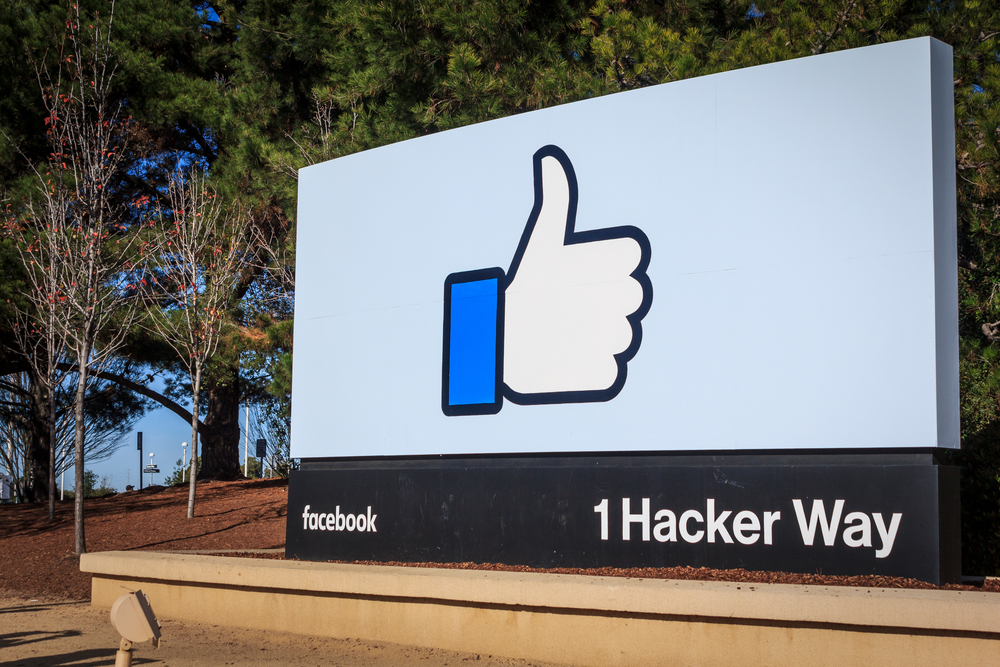 Facebook to hire 10,000 workers across the EU
Facebook to hire 10,000 workers across the EUNews The high-skilled jobs drive is a “vote of confidence” in the European tech industry
By Jane McCallion

